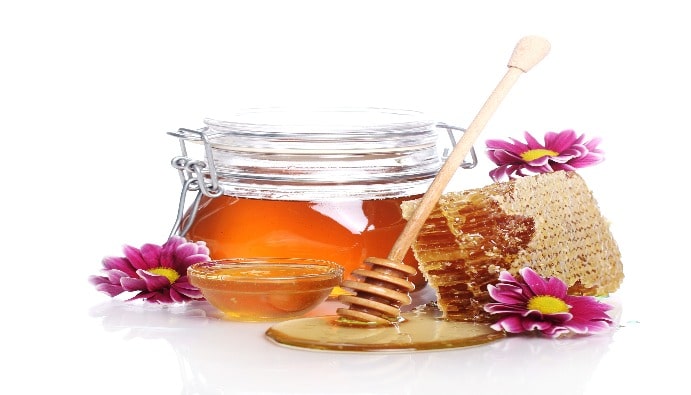Determination of Moisture in Honey: Quality Control Standard
Why Moisture Determination in Honey? What Does the Moisture Content in Honey Mean?

Honey has a wide range of uses as a natural sweetener and food source. The moisture content of honey has a significant impact on its quality, nutritional value and hence its commercial value. Moisture determination is one of the main analyses to assess the quality and safety of honey. This analysis provides critical information on honey shelf life, storage conditions and consumer appreciation.
Moisture Content and Importance of Honey
What is Moisture (Moisture)?
- Moisture means that the weight of a food contains a certain proportion of water relative to its water content. The amount of moisture in honey directly affects its nutritional value, quality and storage life.
- High moisture: Increases the risk of sugar crystallization and fermentation of honey. In addition, high moisture can shorten the shelf life of honey and create a favorable environment for microbial contamination.
- Low humidity: Can affect the consistency and flavor of honey. The ideal moisture content of honey is critical for a commercially saleable and storable product.
Determination of Moisture in Honey:
- Legal Requirements: In Turkey, the moisture content of honey is set at a maximum of 20% according to the Turkish Food Codex. There are similar regulations in the EU and other countries.
- Taste and Quality: The high moisture content of honey can adversely affect its taste and flavor. It can also increase microbial activity and increase the risk of honey spoilage.
Moisture Content in Honey Varieties within the Scope of Honey Communiqué
- Flower Honey: 20%
- Glandular Honey: 20%
- Flower and Glandular Honey Blend: 20%
- Bakery Honey 23
- Puren (Colluna vulgoris) and Heather (Erica spp) Flower Honeys: 23
- In bakery honeys from puren (Colluna vulgoris) and heather (Erica spp): 25
Moisture (Moisture) Determination Methods
Accurate and reliable determination of the moisture content of honey is important for its quality and storage life. This determination can be done by various chemical and physico-chemical methods.
- Various Chemical and Physico-chemical Methods:
- Moisture Analysis by Instruments (Carbon Dioxide Method):
- Karl Fischer Titration: It is one of the most widely used methods for moisture determination in honey. This method measures the water content of honey by titration. Karl Fischer titration directly measures the amount of water in honey and precisely determines the amount of water.
- Dry Matter Analysis: It is done by evaporating the water from the weight of honey. The weight of honey is dried at a predetermined temperature and the moisture content is determined in this way.
- Chromatographic Methods:
- Gas Chromatography (GC): Used to indirectly measure the amount of water in honey. GC is used to separate evaporated honey samples and calculate the amount of water.
- Spectroscopic Methods:
- Nuclear Magnetic Resonance (NMR): This is another method used to determine the amount of water in honey. This method analyzes the amount of water in honey using the magnetic properties of water.
- Food Additives Analysis:
- Refractometric Method: A refractometer is used to determine the sugar content and hence the water content of honey. With this method, the moisture content can be determined by looking at the density and light refraction coefficient of honey.
Nanolab Laboratories Group continues to provide services within the scope of Moisture Determination in Honey. At the same time, we also provide services on Imitation and Adulteration Analysis in Honey.
Contact us for more information.
You can follow us on LinkedIn for up-to-date news and posts about our services.
Follow our Instagram account to be informed about our latest blog posts.

